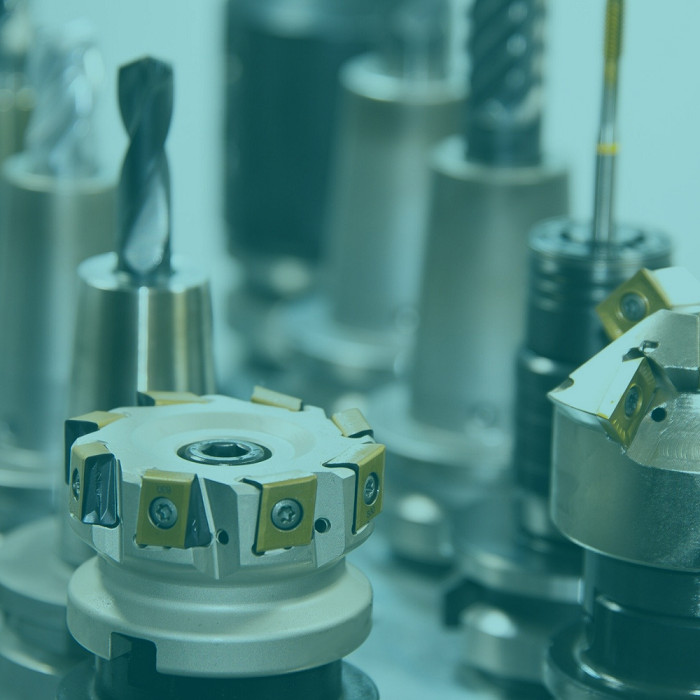

Andi Isra Mahyuddin
This research is a continuation of the research of fake leg development for Indonesians at affordable prices. In the previous study the initial study had been conducted on the mechanism of the knee joint on fake feet. In the research activities, the initial design of the mechanism of the knee joint so that the fake legs above the knee can function properly and comfortably in their use. At present on the market, the cheapest imported knee joint originating from Taiwan has a price of no less than 15 million rupiah per foot. While the price of local joints ranges between 2 à ¢ â,¬â € œ 3 million rupiah per foot. The price of fake legs over the overall endoskeletal knee which includes the knee joint, foot socket, foot trunk and the soles of the feet for at least 23 million rupiah while for local costs at 9 million rupiah (www.japromedika.com). The research has been designed by the polycentric knee joint mechanism to pay attention to various parameters, including functions, materials and prices, then the prototype of the knee joint. According to existing data, in Indonesia more than 4 million people are disabled women. However, fake legs over the knee who have a fairly good function with a simple joints mechanism, for local production, the price is not less than 9 million rupiah. In addition, the price of fake feet above the knee will be more expensive than the price of fake legs under the knee, because fake legs above the knee need artificial knee joints. Not all people with disabilities are able to buy these fake legs. From the introduction survey, information is obtained that cheap fake legs generally only use a simple hinge joints on the knee (single-axis), using PVC pipe material and the installation process and settings that are still not simple. Thus there are still quite a number of weaknesses in terms of function and comfort. From research that has been done before, namely in the development of fake feet for Indonesian people at affordable prices, obtained feedback from users (amputee) that the foot socket designed is still unusingly uncomfortable and the soles of the feet are still felt too stiff so every feet pound (heel strike ) Make thighs hurt. As a result of this fake foot performance that has been designed using polycentric knee joints becomes not too significant superiority compared to local fake feet (single-axis knee) made by a local made. Based on this fact, the research will be improved in the concept of socket design / holder for thighs, the design of knee joints with sockets and design of the soles of the foot. Especially the things considered are material selection, analysis of manufacturing processes for mass production, prices and convenience from users. So far there have been no other researching groups in Indonesia that develop this comprehensive false foot design. Similar systems have been developed in developed countries at a relatively expensive price. Through this proposed research activity, it is expected to be controlled by medical technology technology, as well as creating independence in mastery and technology development, especially the health sector. In the end, the results of this study are expected to be beneficial for people with feet disabled people, for the fake foot-making industry, medical services institutions, especially physical medical parts and medical rehabilitation that can help doctors diagnose, design rehabilitation programs and prosthetic / orthotic designs that are in accordance with anthropometry Indonesian human. Keywords: fake feet, prosthetic sockets, prosthetic feet, biomechanics, gait analysis